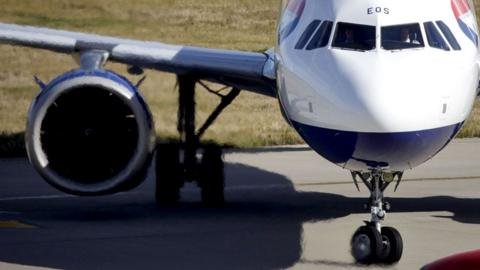Heathrow's Third Runway: A Path to Economic Growth or an Environmental Dilemma?
The expansion of Heathrow Airport, driven by Chancellor Rachel Reeves, aims to stimulate UK economic growth through a third runway that could create up to 100,000 jobs. Advocates argue this expansion is necessary to handle the airport’s current operational limits, as it reached a record 83.9 million passengers in the previous year. The addition of a third runway could increase flight capacity from 480,000 to 720,000, allowing for greater trade and tourism potential, especially benefiting small and medium-sized businesses that rely on Heathrow for exports.
Despite the economic incentives, the proposal faces significant opposition due to environmental concerns. Critics, including organizations like Friends of the Earth, claim that the expansion could exacerbate climate change issues with higher emissions and increase noise and pollution in surrounding communities. The planning process for such a major infrastructure project is complex and could take several years, with potential delays from judicial reviews and local opposition.
Although the third runway could signal the UK’s commitment to major infrastructure investment, its reality may be far off. In the meantime, expansions at Gatwick and Luton airports are further along and could yield quicker economic benefits. Moreover, Reeves’s support for Heathrow has potential short-term political advantages, possibly easing upcoming fiscal constraints, although the overall financial feasibility remains uncertain. The debate continues over whether the benefits of a third runway outweigh environmental costs and whether it will indeed deliver the anticipated economic growth.

